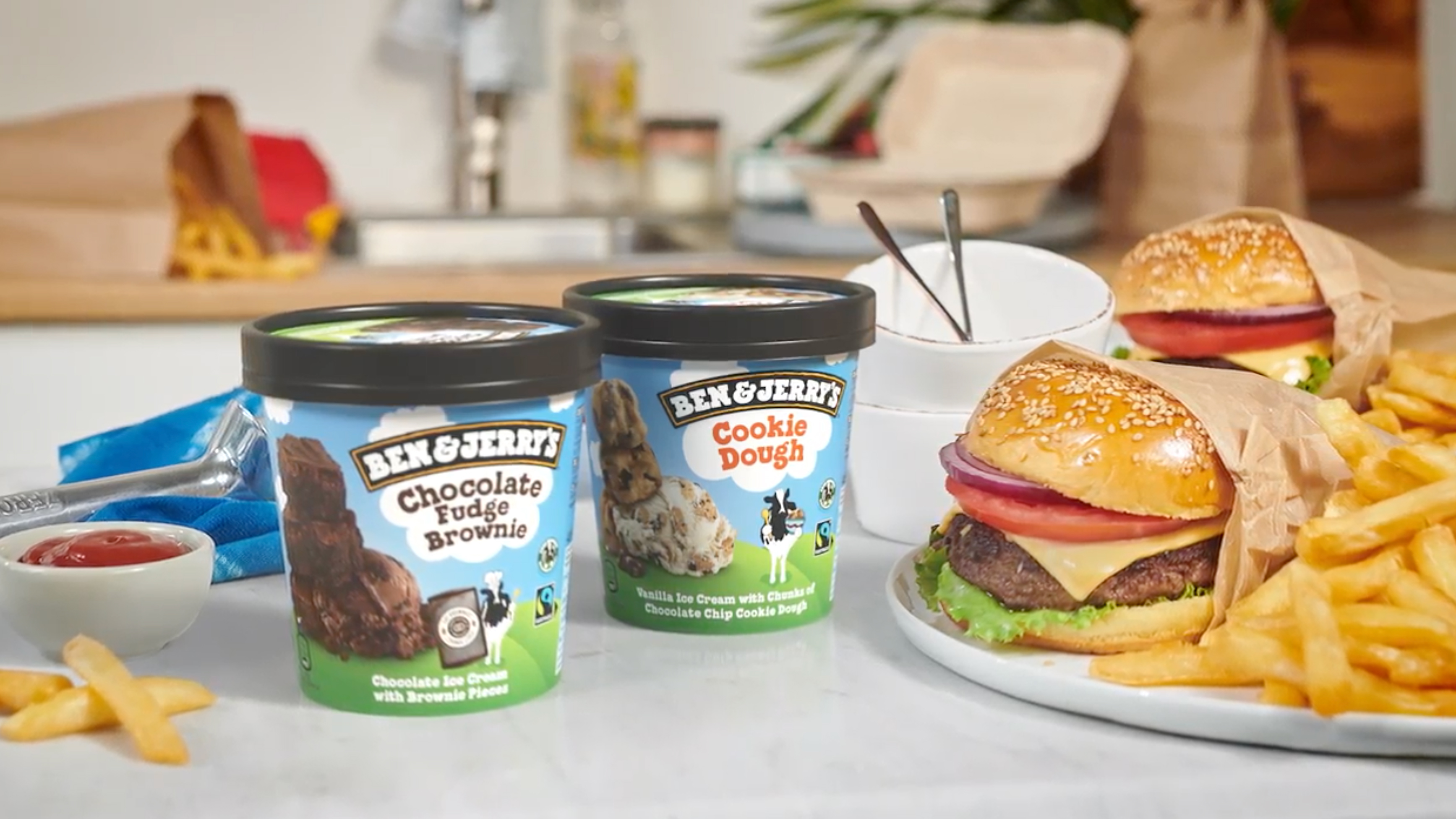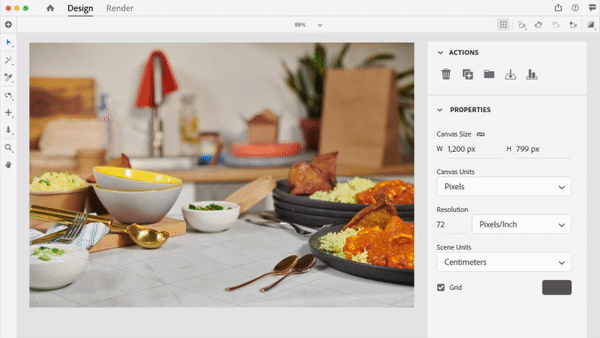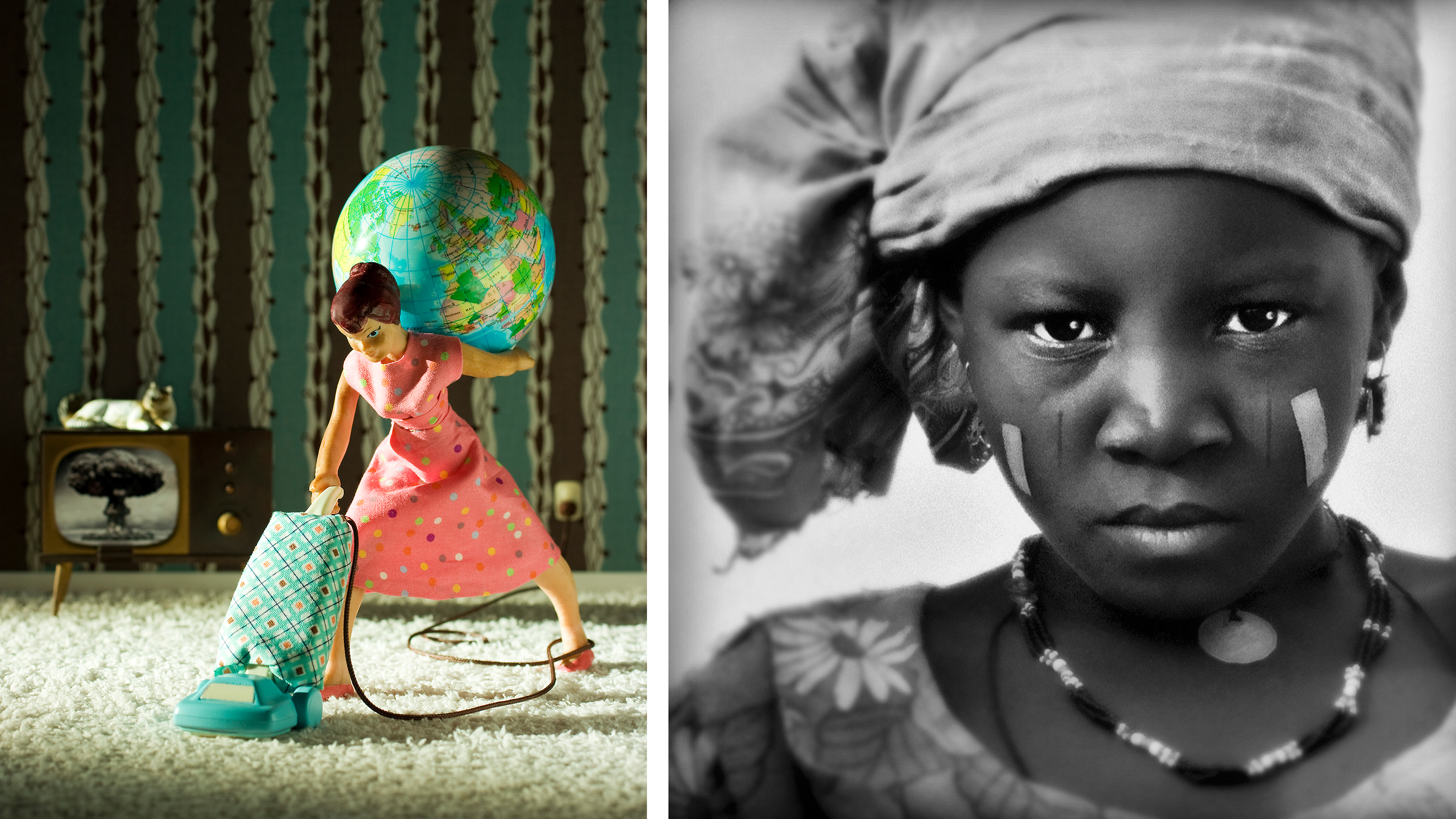3D rendering is now so good – is product photography obsolete?
Big brands are switching to 3D rendered images as it saves time and money but what does that mean for product photographers?

Photo-realistic 3D rendering is becoming an increasingly popular way for brands to market their products. Ben & Jerry’s is one of many big brands that are adopting 3D rendering techniques over traditional product photography as it takes less time, fewer people and ultimately saves money. But where does that leave product photographers and is there still a place for them in visual marketing?
3D rendering is a term that describes creating hyper-realistic in a 3D space. It’s often used in concept designs so you can visualize what an end product would look like without actually having to build it. While 3D rendering requires highly skilled artists and designers to create realistic images complete with textures, reflections and natural-looking features, software such as Adobe Aero, Sensei and Dimensions are making it much easier for your average Joe to create 3D rendered images.
• Read more: Best photo editing software
Admittedly the type of 3D rendered images you can create on your phone using Adobe Aero won't have the same professional look or feel as someone who has spent years of their life perfecting the craft but we are a step closer to making augmented reality more achievable for individuals and small businesses.
There are undeniably a huge number of benefits to 3D rendering and not just related to time and money. For example, with a 3D rendered image you can modify design aspects such as color, shapes and textures without having to start over or take a new photograph, you have perfect control over lighting conditions and it's easier to keep your branding, colors and marketing materials consistent.

When Ben and Jerry's first discovered Adobe Dimension (a 3D rendering and design software), it wasn't sure how relevant it was to its brand. Like its ice cream, it wanted its branding to be authentic and natural but when lockdown hit and the company's business strategy had to change, 3D rendering images meant they could shoot products that would otherwise take months. There is still an element of photography in the way ben and Jerry's produce 3D rendered images - it's only the ice cream itself that is digitally created, everything else is an actual photo but it still goes to show how much 3D modeling can speed up the process.
Despite how good 3D rendering is and how much more accessible it's getting, I think some styles of product photography will always have a place. Perhaps not so much for things like cars, tubs of ice cream or bottles of beer but things like jewelry and clothes that need a real human element to them just won't look as convincing as a 3D model.
Get the Digital Camera World Newsletter
The best camera deals, reviews, product advice, and unmissable photography news, direct to your inbox!
Read more:
Best 8K monitor
Best curved monitor
Best professional camera
Best 3D printer

Having studied Journalism and Public Relations at the University of the West of England Hannah developed a love for photography through a module on photojournalism. She specializes in Portrait, Fashion and lifestyle photography but has more recently branched out in the world of stylized product photography. Hannah spent three years working at Wex Photo Video as a Senior Sales Assistant, using her experience and knowledge of cameras to help people buy the equipment that is right for them. With eight years experience working with studio lighting, Hannah has run many successful workshops teaching people how to use different lighting setups.
